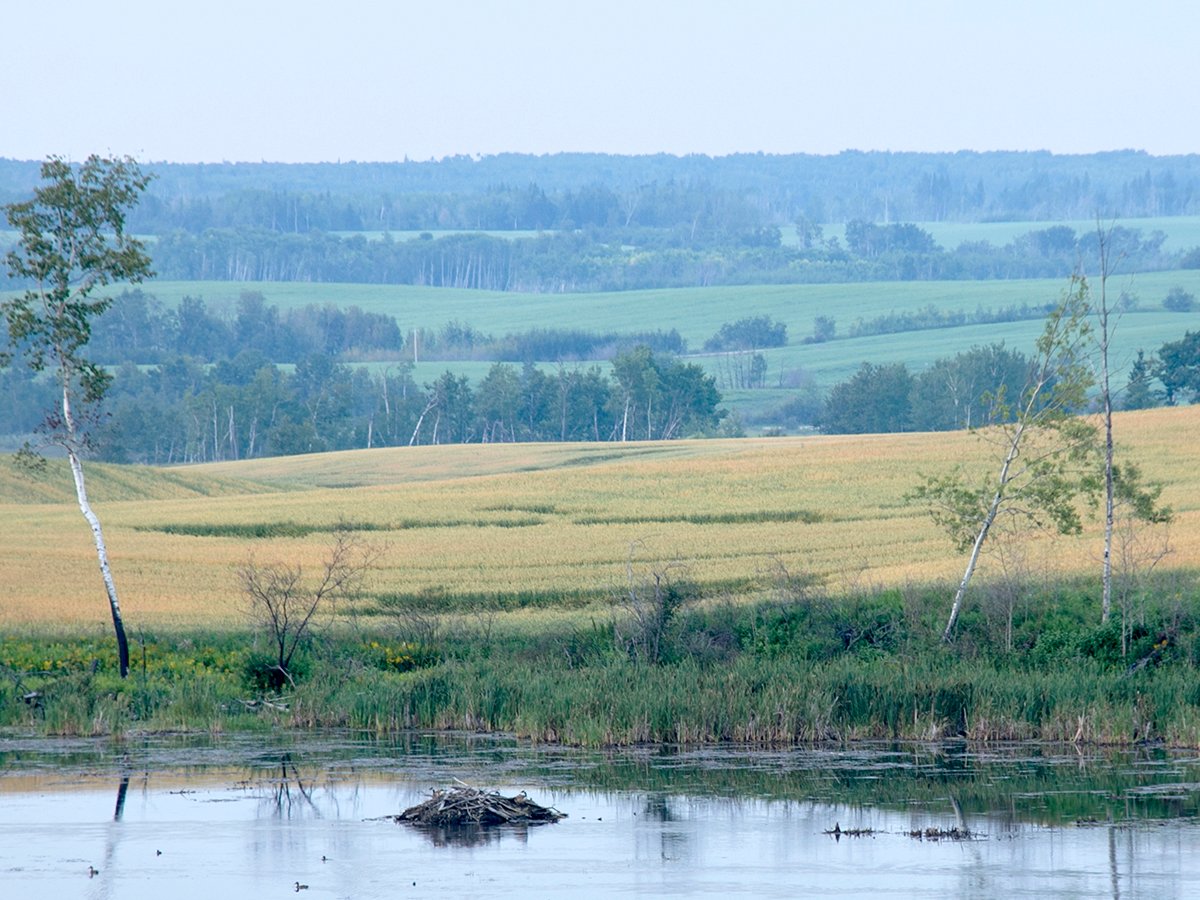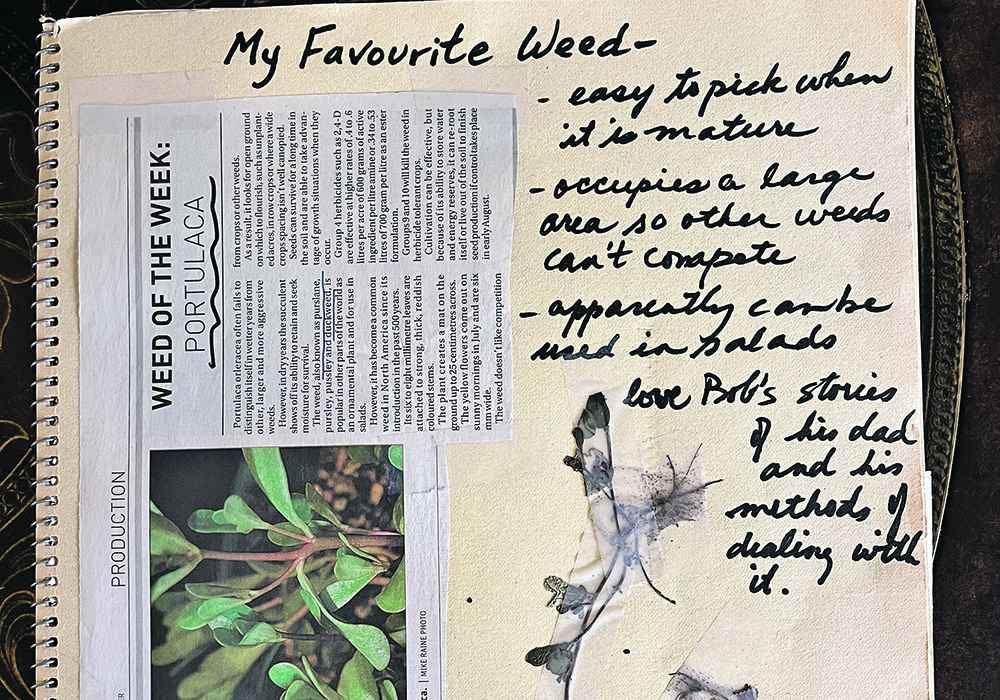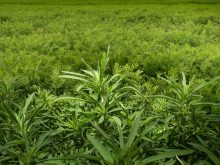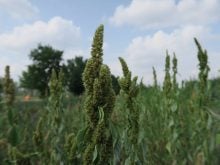When February arrives on the farm, we don’t look for the groundhog’s shadow; we look for weeds. Their emergence is a harbinger of spring, a sign of what’s coming.
The first weeds are welcome: a bit of green, evidence of moisture and the promise of new growth. Their perennial nature reassures us there is the chance of another crop this year and the cycle of life is alive and well.
The Western Producer has printed a regular Weed of the Week column in the past. In 2011, I saved them in a scrapbook, attached a sample of each one, and wrote personal comments beside the entry. Earlier this winter, as I was reorganizing my office, I came across my scrapbook of weed memorabilia.
Read Also

Intergenerational rollover rules can help succession plans
One of the most significant concerns in succession planning for farmers is the tax bill that can come with passing the farm to the next generation.
The usual suspects were featured on the first pages, such as downy brome, cleavers, and kochia. There are others and you can add to this list those weeds that show up on your farm every year and those that show up only in certain years, depending on conditions.
Last year, we were inundated with Russian thistle, a weed that thrives in extremely dry conditions when there is thin crop establishment. I had visions of the Dirty Thirties as I watched dried thistle plants scuttling across the fields in the fall.
As I leafed through the scrapbook, I was heartened by the entries from The Producer as each one profiled the weed’s ability to seek moisture for survival, or its success in competing with other plants. Words such as “flourish”, “survive” and “take advantage of” were used to verify the weed’s success, not unlike descriptions of the pioneers who came before us.
In February, it’s easier to enjoy reading about weeds. Come July, weed identification takes on a different perspective, and is considerably more frustrating.
My husband often resurrects stories about his dad waging war against weeds in the garden, spending long hours picking, burning, and destroying them. To no avail, as by my calculations, his father’s war against portulaca has become my war, but not before I spend some time admiring these hardy plants.
Portulaca is my favourite weed: I love its succulence, its profusion, and its red/bronze colour. Mature plants are easy to pick and fill a five-gallon pail quickly. Picking portulaca makes me feel like I am making progress weeding the garden.
Yes, portulaca can be everywhere, and it’s annoying, and supposedly is edible, but there will come a time, (in a few months), when I’ll be cursing it.















